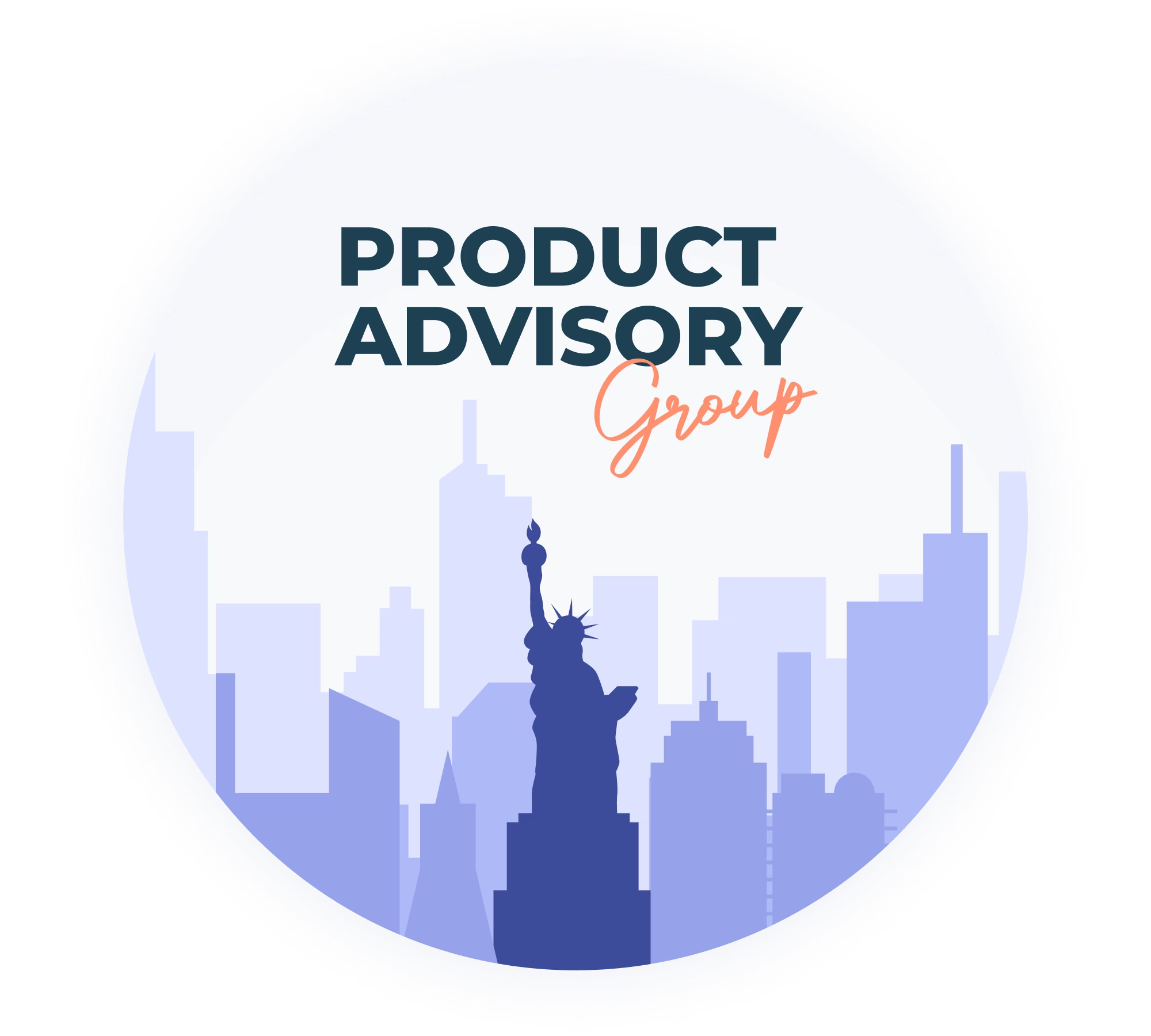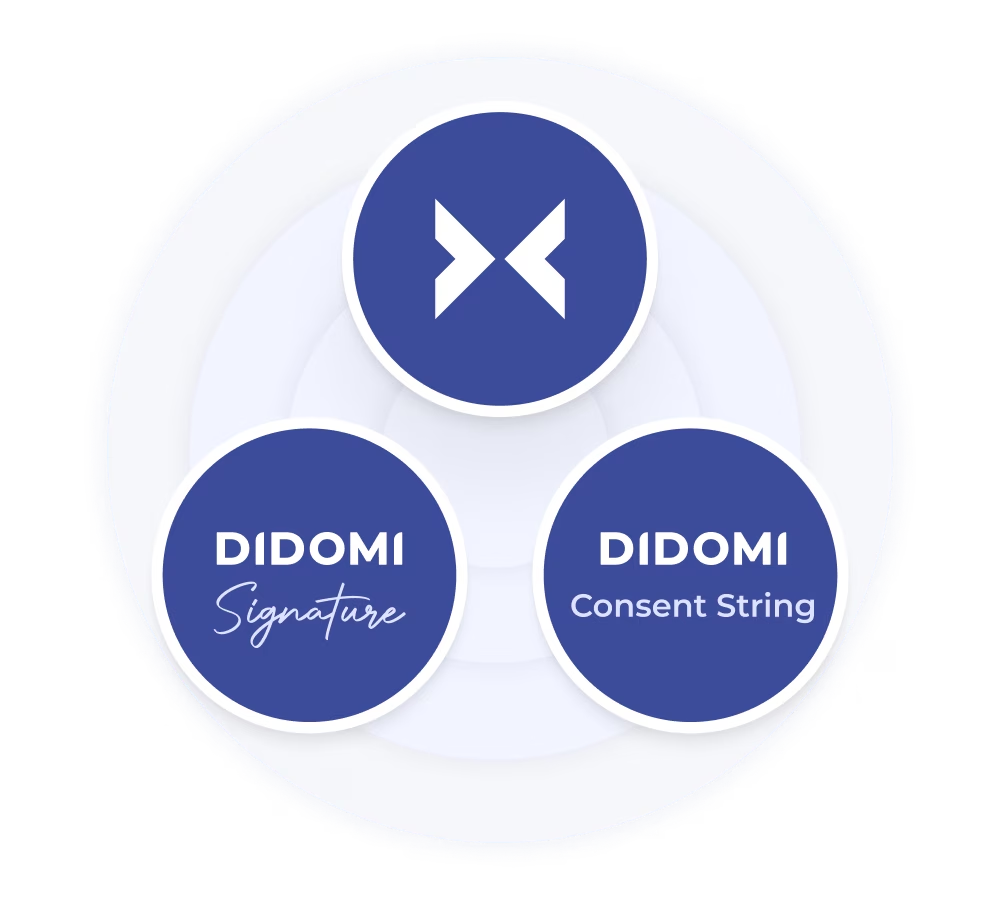Artificial Intelligence is seemingly on everyone’s roadmap (and homepage) as of late, and you might wonder whether we are planning any AI-related actions or features.
In this article, we pull back the curtain on our approach to implementing thoughtful, ethical AI practices into our solution and share some of the work our team has been doing on one of our product lines.
Setting the stage for thoughtful use of AI in privacy
AI has obviously taken the world by storm over the past couple of years, so much so that it is almost hard to remember a time when LLMs weren’t an integral part of our lives.
AI systems are reshaping the way we interact with the internet in unique ways, opening up exciting opportunities for consumers while also highlighting critical questions about the practices behind the technology, from the datasets used to train AI models to AI agents acting on our behalf. Ethical and data privacy questions too often feel like afterthoughts.

Renowned Austrian data privacy lawyer and activist Max Schrems recently expressed this concern during a discussion hosted by our CEO:
We now have this ‘arms race’ for AI. (...) I don’t see it as a race; it’s probably more like a marathon in reality. (...) But in that whole hype, the question is “does anybody bother about the GDPR?” and the answer is probably no. That means risk is building up somewhere in the basement.
- Max Schrems, Chairperson of noyb, privacy lawyer, author, and speaker (Source: The next chapter of data privacy: a live discussion with Max Schrems)
With this in mind, we do realize the potential of AI technologies and are excited about our work on thoughtful implementation within our solutions.
In the next section, we pull back the curtain on a concrete use case: why our product team injected AI into one of our products, and the results we observed.
How we incorporated AI in our Advanced Compliance Monitoring solution (w/ Teodora Tanase, Product Manager)
The team at Didomi considers many factors when integrating different technologies into our products. As experts in data privacy, we always keep in mind our guiding principles, at the intersection of business, trust, and ethics:
- Protecting our clients’ data and processes
- Bringing increased value and performance
- Guaranteeing compliance and results
In the case of artificial intelligence, one of our leading projects has been our Advanced Compliance Monitoring tool, championed by Product Manager Teodora Tanase.
What is Advanced Compliance Monitoring?
Our Advanced Compliance Monitoring (ACM) solution helps organizations understand what happens on their digital properties by simulating how users interact with their digital properties and their consent banner, revealing whether their setup is as compliant as intended.

Upon running an ACM audit, whether to carry out a complete risk analysis or to periodically test for changes, users receive a report highlighting hidden cookies or misfired scripts, missing or misclassified vendors, broken SDK integrations, or incorrectly implemented tags. This information is critical to vendor and cookie management, allowing organizations to spot and correct non-compliance issues before they become real problems.
Most organizations are unaware of the glaring compliance mishaps happening on their digital properties, not by malice but because of the lack of expertise and reliable technology required to accurately spot them in websites with so many constantly moving parts. This is the genesis behind the ACM.
- Teodora Tanese, Product Manager at Didomi
To achieve its goal, ACM uses bots that replicate user behavior and simulate all possible scenarios (from opting in or out of a policy on a website to logging in to a user environment, or to clicking all options on consent banners) to determine whether the website's tracking behavior adapts correctly to each scenario..
This step of automated bot interaction occurs ### of times per month. Its combination of programmatic and repeated behavior handling only the public-facing information on a website made it a perfect candidate for improvement with help from artificial intelligence..
What are we trying to solve with AI?
The accuracy of our bot's ability to replicate visitor behavior is the key to a reliable scan. However, non-AI guidance is not always able to be 100% accurate when faced with unexpected website text, creative cookie notice layouts, original interpretations of specific local regulations, or even languages that we haven't anticipated.
This is why we began exploring AI as a potential solution to guide our scans in a consistent and reliable manner.
This turned out to be a perfect use case for AI, as it leverages automation and predictability, but requires a degree of interpretation that was previously out of reach for non-AI systems, such as determining the position of a button on a banner. New AI capabilities introduced new possibilities, which our team decided to leverage:
Machines have long excelled at execution, but not interpretation. Website data collection reached its ceiling before AI entered the picture. With AI, we’re moving from automation to understanding — making machines smarter, not just faster.
- Teodora Tanese, Product Manager at Didomi
Our proprietary AI process is now able to pick up when bot behavior was previously limited technically, by challenging or validating actions like “click to accept all” before our bot carries them out. Relying on website appearances and AI's abilities to classify data and identify patterns, we posited that it would be feasible to improve scanning abilities in cases where we previously had an element of doubt.

Of course, adding AI isn't the end-all, be-all it is often portrayed as nowadays, with every other SaaS product boasting “smart” capabilities. We make it a principle to build all our solutions with intent in mind, and we were particularly cautious of understanding the pros and cons associated with the project early on.
Limitations and opportunities of incorporating AI in product development
As a privacy-first company, any new technology must meet strict standards regarding data protection, transparency, and reliability. This meant clearly defining what AI would and would not do, and ensuring that its use did not introduce unnecessary complexity or risk.
Our teams faced several significant constraints, including particular concerns about key elements of how artificial intelligence works: data exposure, or how information we expose a model to might be used by it in the future, and inherent unpredictability, which can compromise the reliability of results produced by any artificial intelligence.
Data exposure
One of the first constraints we set was around data exposure. Because ACM analyzes public websites, we were able to leverage AI without ever sending private or client-owned data to a model. Still, the team remained vigilant:
We wanted to be absolutely certain that we only exposed public information, like public web pages, to the AI model.
- Teodora Tanese, Product Manager at Didomi
AI unpredictability
Even with these safeguards, AI comes with inherent limitations. Models can still behave unpredictably when encountering new layouts or patterns, require ongoing monitoring, and are more complex to interpret than deterministic rules.
To counter this, we ensured that AI was only used to confirm or reject algorithmic conclusions, rather than letting it make interpretations on its own. Additionally, the team limited its scope to a very specific problem: accurately identifying consent-banner buttons in unfamiliar languages or unexpected interface designs, a task that benefits from the interpretative abilities of modern models.
By then comparing our AI's recommended actions with our calculated ones, we were able to increase the overall accuracy of the bot's behavior without relying only on AI conclusions.
This balance of risks and benefits, along with a focus on a narrow, well-controlled use case where AI meaningfully enhances performance, allowed us to improve our solution while staying aligned with our privacy principles.
Results so far of our AI experiment
Although still in its early stages, the introduction of AI into ACM has already produced encouraging results.
The model helps validate and refine algorithmic decisions, particularly in cases where the interface is ambiguous or non-standard, resulting in more accurate bot behavior, reduced edge-case failures, and a more consistent audit experience overall:
We're really excited to see a gain of at least 50% in scanning accuracy with the use of AI. In cases where a scan would have previously been stalled, we're now able to continue, with an even greater assurance of accuracy.
- Teodora Tanese, Product Manager at Didomi
Beyond accuracy, our AI-augmented ACM, reinforced by additional continuous improvements, has also become more scalable, handling increasingly more audits per day and significantly more pages per scan.
While we continue to monitor performance and refine our approach, the early signs are clear: When used thoughtfully and within strict boundaries, AI can enhance reliability without compromising the privacy standards at the core of our technology.
Would you like to try it out for yourself? If you’re a Didomi client, reach out to your account manager. If you’re not, the first step is to run a compliance report (for free) and see where you stand, before booking a time with one of our experts to determine how we can help:
{{test-your-compliance}}
What’s next with AI and privacy? Our plans at Didomi
The story of Didomi is synonymous with change and market adaptation: from the early days of the GDPR to the adoption of the TCF, we continuously discuss with regulators, large tech players, and technology working groups alike to ensure we build solutions that serve the market best. The objective remains the same: Helping our clients every day boost their digital performance with privacy-friendly experiences.
Having said that, it’s natural that we have long acknowledged that the web and its technologies are evolving due to AI, and that profound changes are ahead of us. This is why we have started investing in other areas to help our clients benefit from the best, most current privacy products on the market.
Stay tuned for more information coming soon, here and on LinkedIn.

.svg)




















